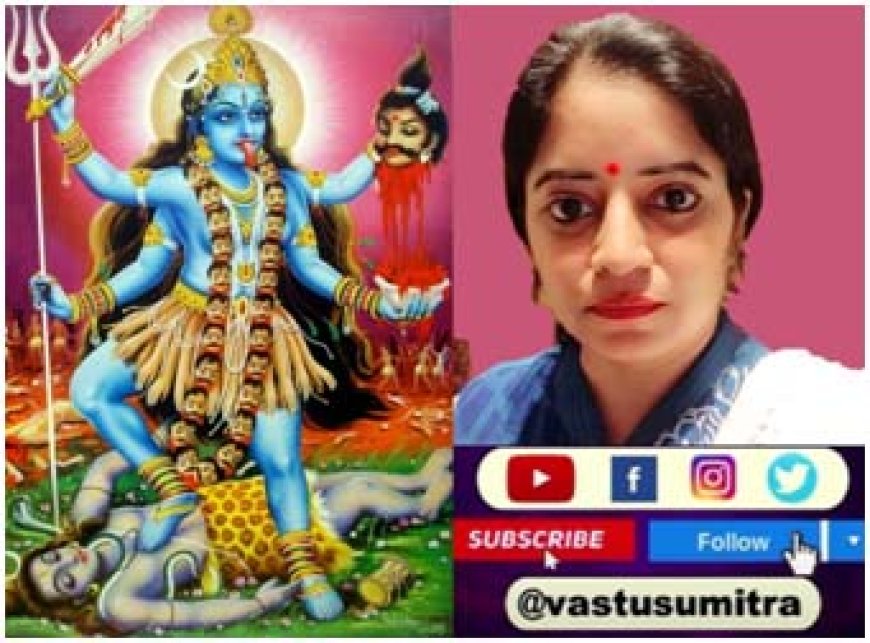Maa Kali Origin and Significance

BY Vastu Shashtri Dr Sumitra Agarwal & City President International Vastu Academy
Shakti Peeth:
Shakti Peethas are significant shrines and pilgrimage destinations in Shaktism, the goddess-focused Hindu tradition. They are scattered across the Indian subcontinent. These shrines are associated with the legend of the death of the goddess Sati and the subsequent shattering of her body, with each part falling in different regions, turning them into sacred sites.
Speciality of Kalighat:
Kalighat is one of the most famous Shakti Peethas, located in Kolkata, West Bengal, India. Kalighat represents the site where the toes of the right foot of Sati fell. The present temple dedicated to Ma Kali was constructed in the 19th century, but its origin is believed to be much older.
Significance: Kalighat is not only a major religious site but also holds immense cultural importance in West Bengal. The art form "Kalighat Paintings," which originated in the vicinity of the temple in the 19th century, is now recognized globally.
Pilgrimage: Thousands of devotees visit Kalighat daily, and the number surges significantly during festivals, especially during Kali Puja and Durga Puja.
In essence, Ma Kali embodies the transformative power of the divine feminine, and her shrines, especially Kalighat, remain a testament to her enduring presence and significance in Hindu culture.

 Yash Saini
Yash Saini 





